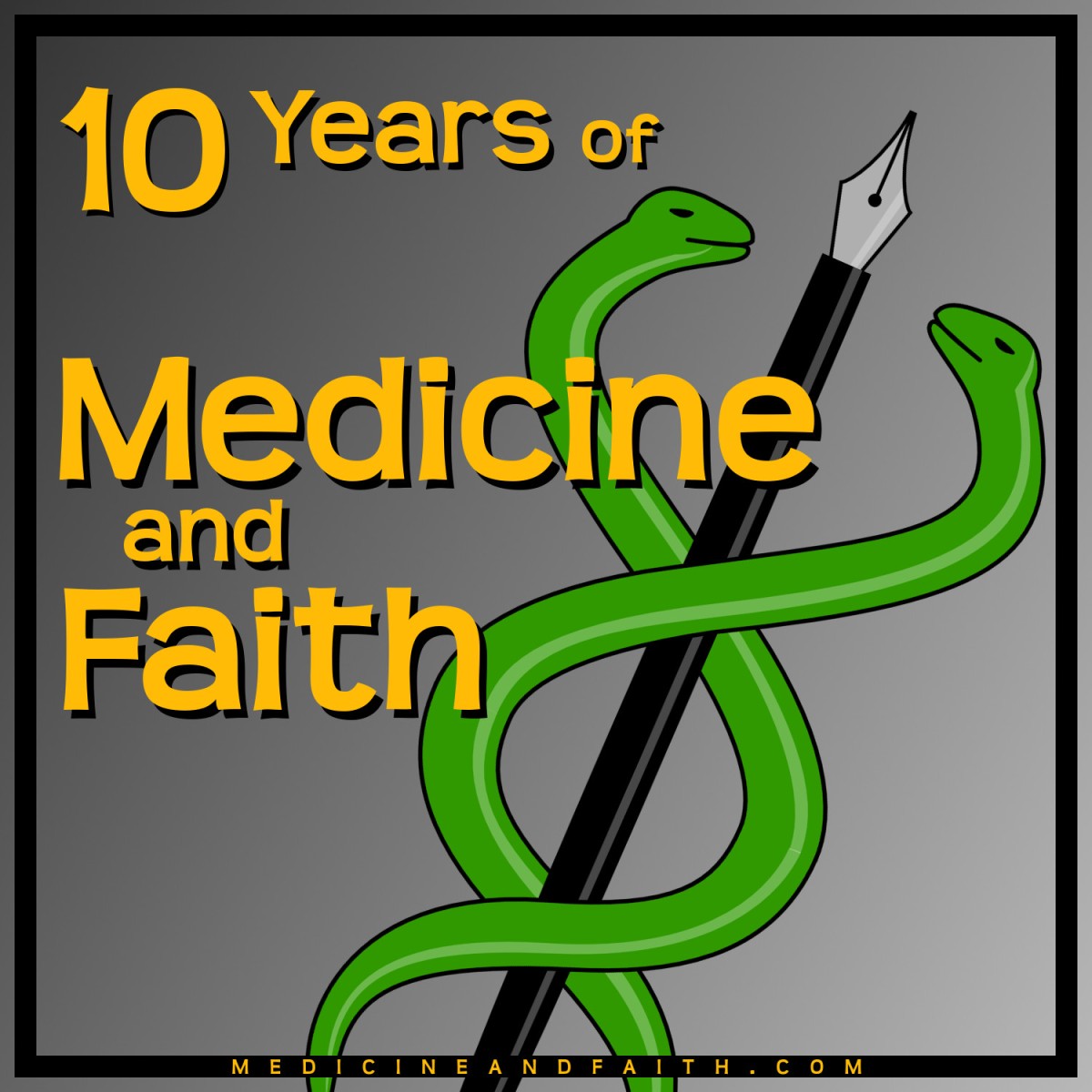How would you like to learn to play the piano without having to spend hours practicing at the keyboard? It turns out that you can, although the process requires more effort than you probably hope. Everything worth doing is hard, right?
Here’s how the process works. Some years ago a team of brain researchers did a study to understand more about the process of learning. They took volunteer study subjects who didn’t know how to play the piano, and showed them how to play a simple song. The subjects were then split into two groups, one of which sat at a piano and practiced playing the song for a certain amount of time every day, and the other of which merely imagined doing so, but for the same amount of time. Surprisingly, study subjects who did mental practice alone were able to play the piece almost as well as those who had practiced at the piano. And after spending a few minutes at the keyboard the mental practice group was able to catch up to the skill level of other group.
These results are not extremely helpful for those of us who do not already play piano, because the no-practicing piano method still requires just as much time and motivation as the more traditional way, and therefore does not provide a shortcut to developing this enviable talent. (And I suspect that maintaining the motivation and the discipline to persist in mental-only practice is probably harder than for hands-on practice.) But the implications for learning and behavior are HUGE.
A purely mental exercise, just thinking about movement, has the power to change the parts of our brain which execute that movement. In fact, imaging studies which can detect brain activity, such as fMRI and PET scans, show activation of the motor areas of the brain when subjects are asked to think about performing an activity without actually moving. From the perspective of the brain, there isn’t much difference between doing, and thinking about doing.
The Elevated Standard
Understanding this principle about how our brains work helps us to understand the Higher Law of the Gospel, as taught by Jesus Christ. The Law of Moses included the Ten Commandments, with such directives as “Thou shalt not kill,” and “Thou shalt not commit adultery.” The wisdom of these commandments is self-evident, as they prohibit behaviors which are most harmful to ourselves and others.
But Jesus upped the ante in his teachings, calling his disciples to follow a higher standard. In the Sermon on the Mount, recorded in Matthew chapters 5-7 in the Bible, he referred to several of the Ten Commandments and called on his followers to elevate their obedience. Consider this example:
“Ye have heard that it was said by them of old time, Thou shalt not commit adultery:
“But I say unto you, That whosoever looketh on a woman to lust after her hath committed adultery with her already in his heart” (Matt 5:27-28).
Not only does the Lord expect us to refrain from doing evil, he wants us to not even think about doing evil! In his formulation, contemplating sin is as bad as committing it; indulging in feelings of lust is akin to violating the law of chastity.
Jesus gave a similar sermon in ancient America, recorded in the Book of Mormon, when he visited the people there after his resurrection. In that setting he added this explanation to his discussion of the 7th commandment:
“Behold, I give unto you a commandment, that ye suffer none of these things to enter into your heart;
“For it is better that ye should deny yourselves of these things, wherein ye will take up your cross, than that ye should be cast into hell” (3 Nephi 12:29-30).
Also consider his similar teachings on the 6th commandment, again taken from the Book of Mormon version of the sermon:
“Ye have heard that it hath been said by them of old time, and it is also written before you, that thou shalt not kill, and whosoever shall kill shall be in danger of the judgment of God;
“But I say unto you, that whosoever is angry with his brother shall be in danger of his judgment. And whosoever shall say to his brother, Raca, shall be in danger of the council; and whosoever shall say, Thou fool, shall be in danger of hell fire” (3 Nephi 12:21-22).
Knowingly and intentionally shedding the blood of an innocent human being is surely an awful sin, but it exists as the extreme end of a continuum of behaviors that starts with anger and disdain for others. Here Jesus condemns the entire spectrum.
Neuroplasticity and the Higher Law
Why are the Lord’s standards so high? Many explanations have been offered, and there is truth in many of these interpretations. (One of my favorite discussions of the topic was given by Elder Jeffrey R. Holland in the October 2017 General Conference.) Surely God is perfect in his thoughts, and if we aspire to become like him, through his grace, then we should work on harnessing and controlling our thoughts. The creation of the world, we are taught, was accomplished spiritually or conceptually before the plan of creation was executed. As aspiring creators, we should be careful about what we are designing. Thoughts lead to actions, so the surest way to avoid bad actions is to stop them when they are merely thoughts.
But it runs even deeper than all of that, because, as we discussed above, imagining is doing. From the perspective of the brain, thinking about committing adultery is committing adultery, just as thinking about practicing the piano is practicing the piano.
Yes, by elevating the standard so high we can reasonably hope to avoid and prevent sinful actions. But we are also trying to avoid wiring our brains to commit sin. Remember that we can choose what to teach our brains, and the circuits we activate often are strengthened and become more efficient. We don’t want to train our neural circuits to become better at executing sinful thoughts, or sinful actions.
It is also clear from the scriptures and from the teachings of prophets that our ultimate goal is not merely to do certain things and to avoid doing certain other things. We will be judged by God not only on our actions but upon our character, on the desires of our hearts:
“The one raised to happiness according to his desires of happiness, or good according to his desires of good; and the other to evil according to his desires of evil; for as he has desired to do evil all the day long even so shall he have his reward of evil when the night cometh.
“And so it is on the other hand. If he hath repented of his sins, and desired righteousness until the end of his days, even so he shall be rewarded unto righteousness” (Alma 41:5-6).
This seems fair to me, and it also seems consistent with what we know about how the brain works. The Higher Law declared by Jesus is designed not so much to change our behavior, but to change who we are.
Conclusion
In about A.D. 30 when Jesus was teaching the Sermon on the Mount probably none of his listeners had any inkling of the neurophysiologic implications of his teachings, but we can safely assume that Jesus, the Creator of our brains, did. He knows how we work, how to maintain our optimal function, how things can go wrong, and how to fix them when they do. We would be wise to follow his directions.




